Minimalism is viewed as a process of subtraction. So we often start in the middle of the minimalism process, which involves purging our lives of unnecessary items. But the beginning of the process starts somewhere else.
The beginning of minimalism is difficult because it requires us to take a step back and start asking tough questions. It’s somehow easier to narrowly focus on feeling like we have too much stuff and that we’re not as organized as we should be. As a result, the purging part of the process begins without a clear plan or an encapsulating ethos that will bring us toward something beautiful instead of less bad.
This reminds me of a David Whyte quote: "If you want a beautiful life, start asking beautiful questions.” We don’t ask ourselves enough beautiful questions, if at all. This is often the case when creating a minimalist lifestyle. We’re under the misguided notion that we must figure things out from a place of making our homes less of something without considering what it will be more of. Our process of downsizing then becomes a mess of misguided logistics and haphazard approaches to subtracting. The downsizing process becomes heavy, frustrating, and completely unenjoyable. (Yes, it has the potential to be enjoyable).
My Meaningful Minimalism Method doesn’t begin with what you don’t want as much as it’s about where you are right now. My e-book, The Ultimate Guide to Simplifying Your Home and Life, enumerates a few steps before you begin the paring down process. First, define your organizing challenges. In other words, investigate and get to know your deeper problems better. Then, articulate the priorities in your life. This will help you unpack the differences between what you have in your home and on your calendar and what’s most important to you. Then, visualize your new and improved life.
Your visualization is the manifestation of beautiful questions about what you want your life to be like, feel like, and look like. We often find ourselves in a position of reactivity rather proactively. Life becomes a series of reactions to get by. Minimalism invites us to take a step back from day-to-day and week-to-week reactivity and create a new visualization. We can then determine the steps to implement, including all the solutions and subtractions needed. But it doesn't start there.
Consumerism and materialism distract us from the meaningful depth of our lives. Busyness and a focus on should’s hold us back from opening to new possibilities. Even being overwhelmed by all of the exciting things we want to do and our interests prevents us from appreciating this modern form of abundance. Beautiful questions don’t always have easy answers, but they will lead to a more leisurely life that is aligned with your values, needs, and priorities.
Don’t start by plowing ahead, focusing on logistics, and disregarding unresolved feelings manifested in objects you stuff into a donation bag. This avoids the beautiful questions. Instead, snag a piece of paper or notecard and a peaceful moment to reflect. Put aside what you believe you should be doing. Put aside the idea of minimalism. Put aside all of the things that currently reside in your home. List five beautiful questions you can ask about your lifestyle. Then visualize the beautiful life that’s waiting for you.
